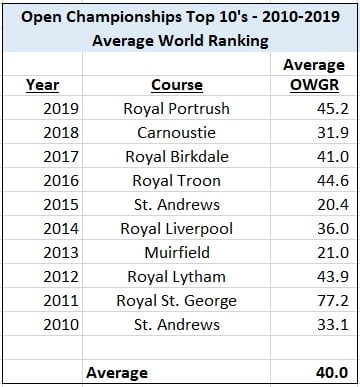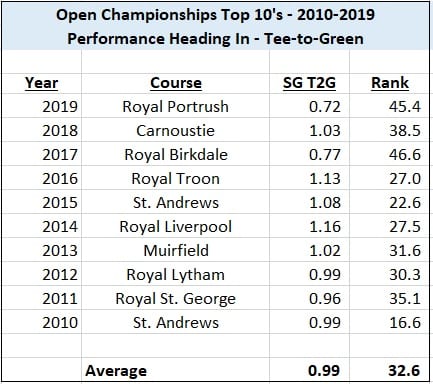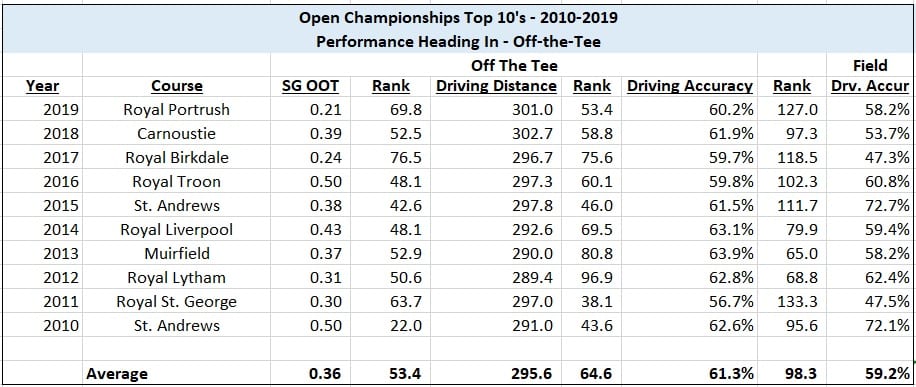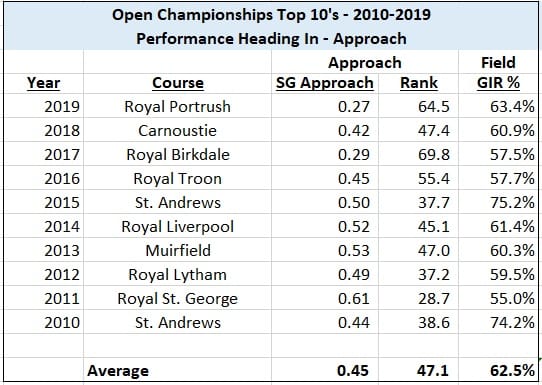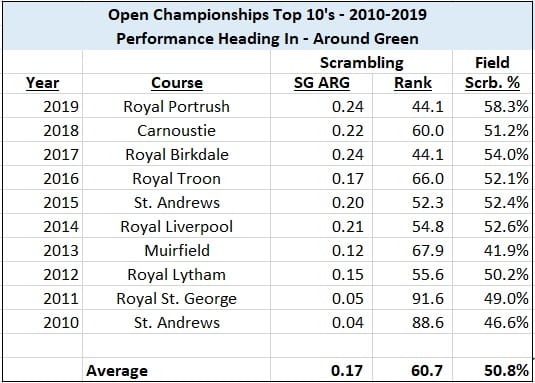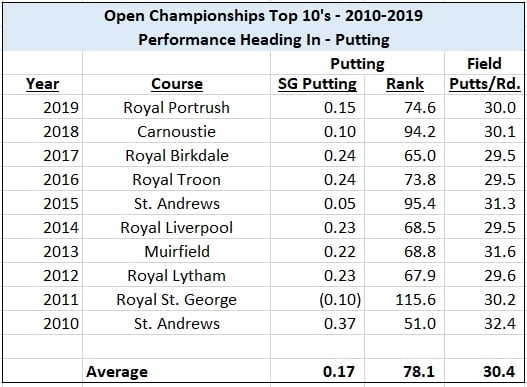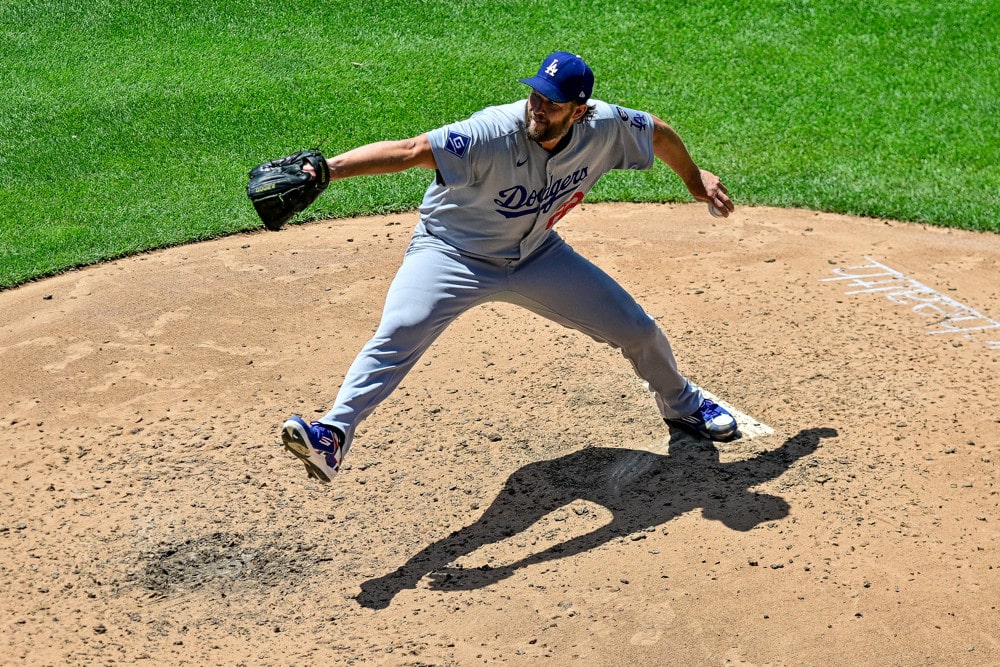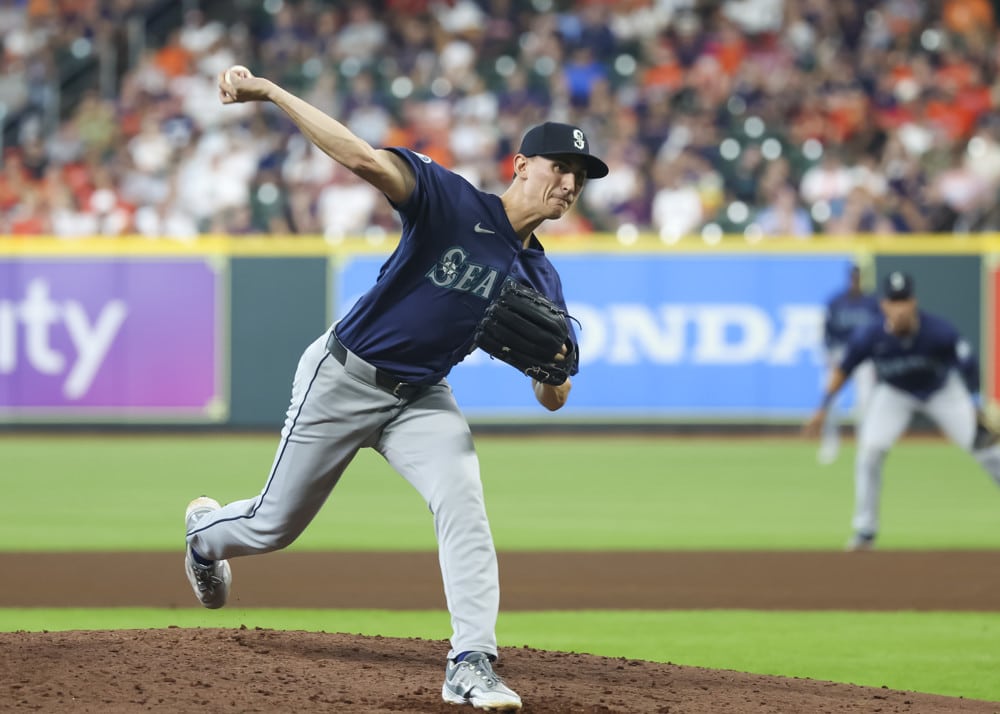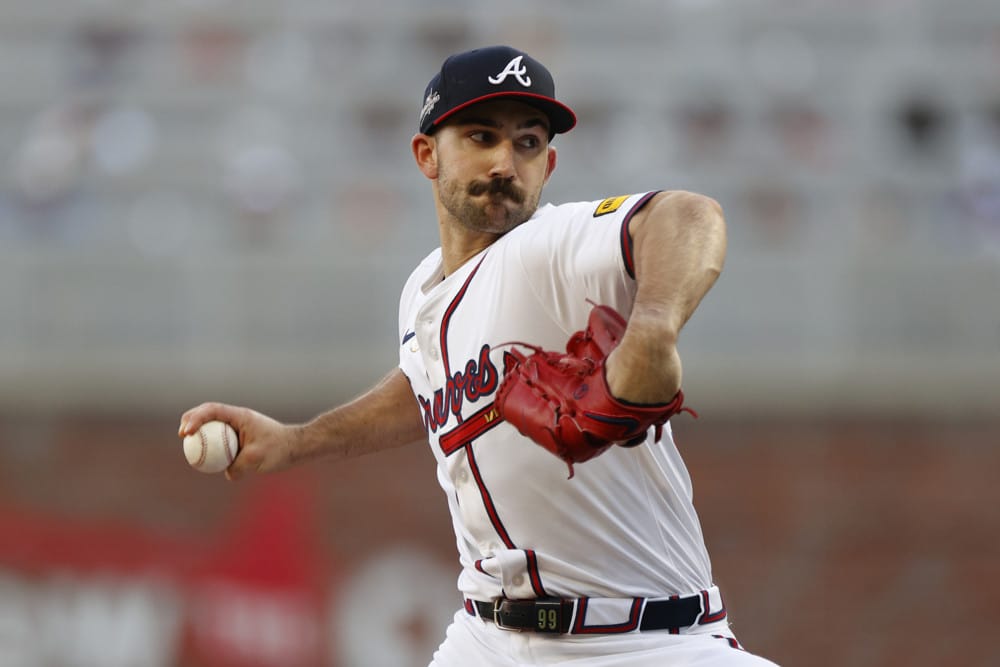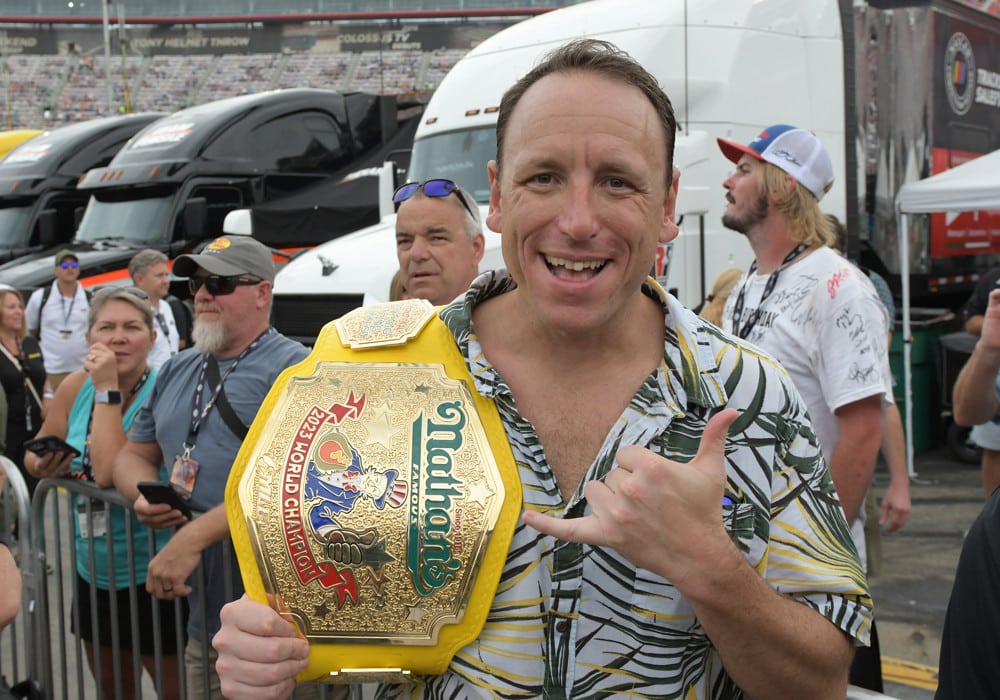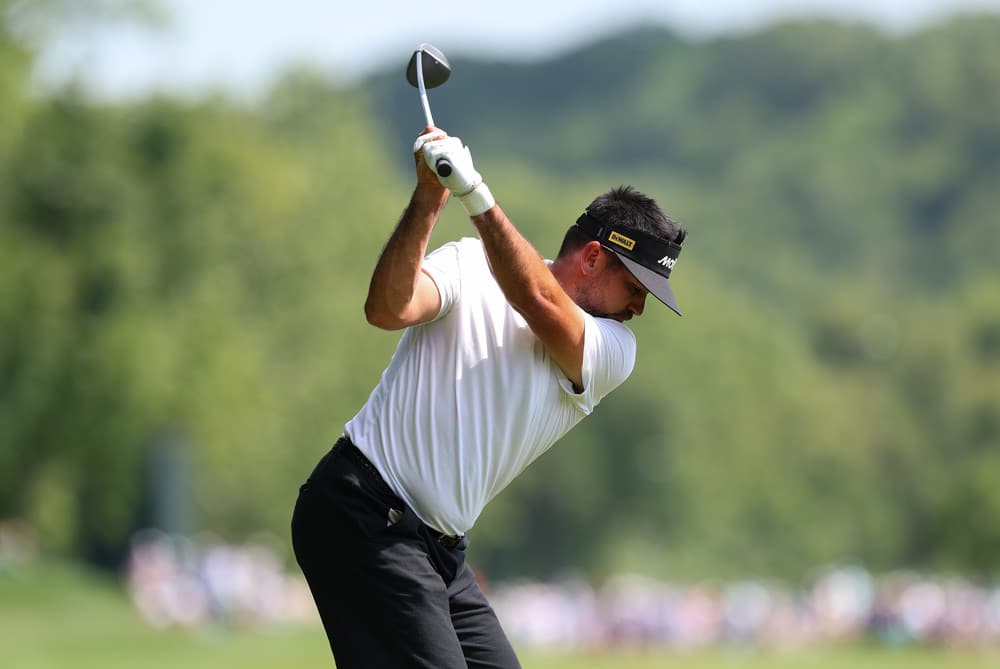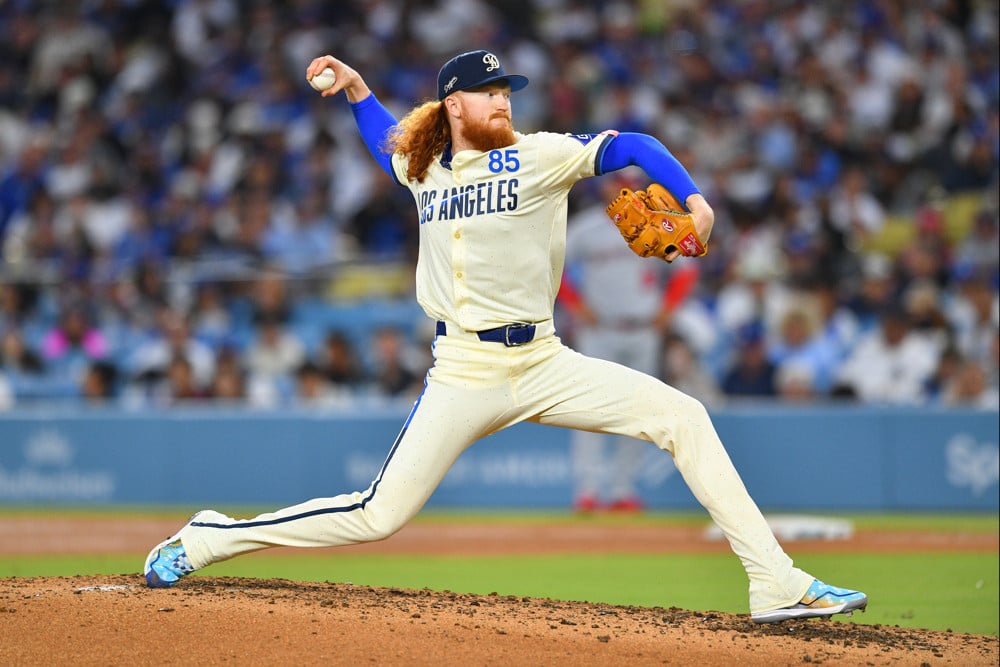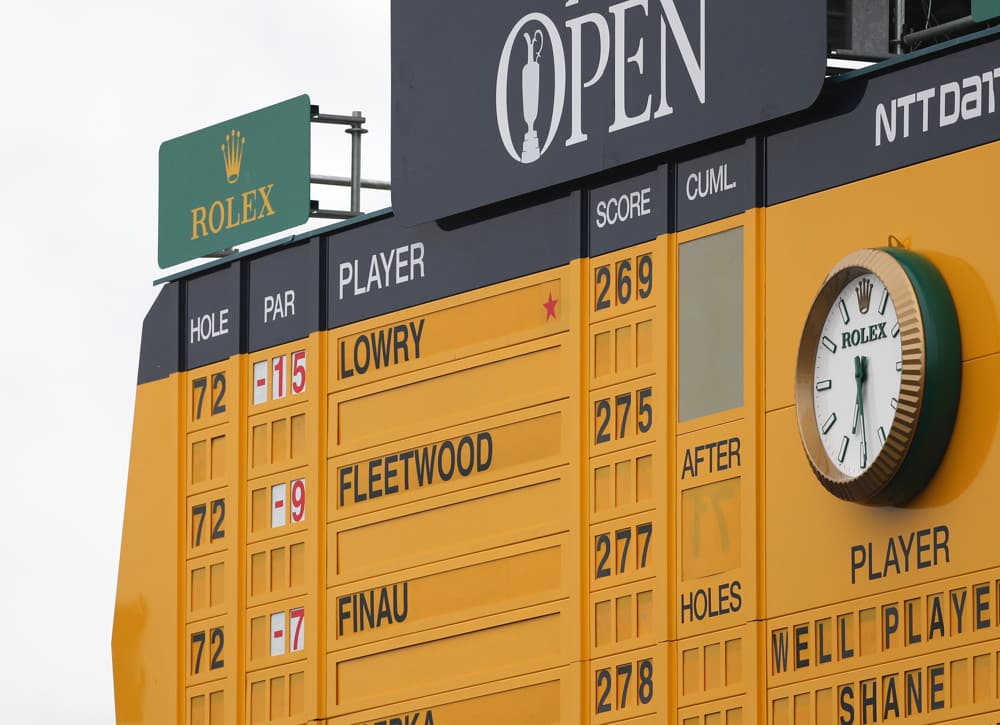
It’s time for the final major championship of 2021. A top-notch field heads across the pond for the 149th Open Championship at Royal St. George’s Golf Club in Sandwich, UK. As always, here is your early deep-dive on the Open Championship and a preview for how to bet.
Open Championship Preview – The Field
All eyes are on Jon Rahm this week. As of this writing, the defending US Open champion is in contention at the Scottish Open. Rahm is attempting to do what Rory McIlroy did in 2014. That year, Rory won the Open Championship, the WGC Bridgestone, and the PGA Championship in three consecutive starts. Should Rahm prevail at the Renaissance Club, he’ll go for three in a row at Royal St. George’s. He’s a massive betting favorite and is absolutely on fire right now. His +700 outright price is warranted.
Another popular player this week is Jordan Spieth. Spieth is a popular pick to win the 149th Open Championship because of his form, how he plays, and his success in the UK. Spieth won the 2017 Open Championship and has two other close calls on his resume. He’s a tremendous iron player, scrambler, and putter. Those are keys to success to win on links golf courses. And with his game firing on all cylinders, he’s a major contender to take his second Claret Jug.
For the full field, click here.
Open Championship Preview – The Golf Course
Royal St. George’s Golf Club is the most southern of all the Open Championship sites. Set along the English Channel, it’s also one of the more remote locales of the Open Championship. While only 2 hours from London, there are very few roads into the area for fans and media. But the club is located in a hotbed of great classic links golf courses in the UK. Directly to the north of Royal St. George’s lies Princes Golf Club. To its south is Royal Cinque Ports Golf Links. Both golf courses are former sits to the Open Championship.
The golf course was first built in 1887 by Dr. Williams Laidlaw Purves. It was built to rival St. Andrews in the north. Not only did he want to rival St. Andrews in prestige, he also wanted to replicate many of St. Andrews’ quirky features.
In terms of prestige, this mission was accomplished. The Open Championship ventured outside Scotland to Royal St. George’s for the first time ever in 1894. It went on to host the Open Championship eight more times over the next 50 years.
But Royal St. George’s began to fall out of favor with the players after the 1949 Open Championship. And it had to do with how quirky Royal St. George’s was. Walter Hagen described the golf course as “The first nine holes – tremendous fun, not very good golf. The second nine holes – tremendous golf, not very fun”. He meant that the Front Nine is very creative and interesting from an architectural perspective, but there are so many blind shots and quirks that made the golf very difficult. And as for the back nine, it’s much more straightforward and scoreable (in the right weather conditions), but it’s not as exciting or eye-appealing as the front.
In response, Frank Pennick softened the golf course in hopes the Open would return to Royal St. George’s. The golf course has been tinkered to lessen the severity and height of the sand dunes that created so many blind shots on the front nine. While some of the teeth were taken out of the golf course, so too was much of the charm and quirkiness of it as well. But this convinced the R&A to bring the Open back to Royal St. George’s, and in 1981 it hosted the Open Championship.
Tinkering continued over the next four decades, and Royal St George’s went on to host the 1993, 2003, and 2011 Open Championships. After a one year delay due to the pandemic, it is set to host it again in 2021:
Further work has been done to Royal St. George’s since the 2003 Open, led by Open “physician” Martin Ebert. One of the biggest gripes of Royal St. George’s in 2003 was how hard it was to keep balls in the fairway. Three holes, in particular, were the main culprit for this low number. In 2003, less than 3 in 10 golfers managed to keep the ball in the fairway on holes 1, 17, and 18. The fairways on these holes have been widened a bit to help the ball stay in play. Bunkers were also shifted around to make the fairways a little more generous.
Unfortunately, this didn’t seem to help at all. In 2011, the field only hit the fairway 47.5% of the time, with continued low numbers on those three holes above. Further discouraging was that this was in softer conditions than in 2011. With such significant undulation of the fairway and uncomfortable tee shots, maybe the golf course will never be receptive to accurate drives. Royal St. George’s should remain a tough golf course to keep the ball in the fairway.
Some further work has been done to key sand dunes and waste areas to restore them to their original condition. The famous Himalaya bunker on the 4th, which had been muted over the years, had been restored to a more natural look. The waste area next to the 5th hole was also restored to a more natural condition. And several cross bunkers lost over the years were restored to further torture players off the tee.
A classic links golf typically features relatively flat greens with subtle swails and undulations. Not Royal St. George’s. The greens are very undulated at Royal St. George’s, much more than some of its other Open Championship counterparts. Several greens are very narrow in width too. And there’s not a lot of room to miss left or right to try and get up and down. Golfers will need to be sharp with their irons, and expertly judge the pace and slope of the green should they miss.
From the tee to the hole, this is a very demanding golf course. But it can be had if mother nature cooperates. While the fairways can be tough to hold, they are wider than other Open Championship venues. And an adept iron play can use the slopes of the green to their advantage to funnel balls close to the hole. But in windy conditions, like there was in 2003 and 2011, the course is a menace. The golf course is completely exposed to the bay. Should the wind kick up again in 2021, players will have a tough time keeping things on the rails.
Open Championship Preview – 2011 Leaderboard
For those with an hour to kill, here’s a highlight package of the 2011 Open Championship:
While the golf course played tough the first two days, it wasn’t totally unmanageable. Rain before the tournament softened the golf course a bit. And while there was a noticeable breeze on the golf course, it wasn’t as punishing as it could have been. After two rounds, the average score of the field was 72.5, or +2.5 over par. 71 players advanced to the weekend with a cut line at +3. Darren Clarke and Lucas Gover shared the lead at -4 heading after 36 holes.
On Saturday, an unexpected squall rolled in off the coast and made scoring conditions much tougher. The field average on Saturday was 74.7, over two strokes higher than it was the first two days. Nevertheless, Darren Clarke managed the conditions perfectly with a 3rd round 69 and held the lead after 54 holes. Dustin Johnson shot 68 on Saturday to put himself in the final pairing with Darren Clarke.
The gusty conditions continued on Sunday and saw the field collectively shoot 73.6. But Phil Mickelson made quite a Sunday charge to insert himself into the mix. Mickelson was -5 through his first 7 holes to tie for the lead with Darren Clarke. But Clarke responded with an eagle on 7 to move two clear of Mickelson and four clear of Dustin Johnson. Mickelson would end up fading on the Back Nine and end the day at -2.
After a slow start, Dustin Johnson began to make a charge in the middle of his round. Johnson birdied 7th, 10th, and 12th to move to within 2 of Darren Clarke. But from the middle of the fairway on the Par 5 14th, Dustin Johnson blasted a 2 iron out of bounds into the canal right of the hole. He would double-bogey the hole and hand the claret jug to 42-year-old Darren Clarke. Clarke won the 2011 Open Championship with a winning score of -5.
As mentioned earlier, the field was not hitting fairways consistently at Royal St. George’s. Players found the short grass off the tee only 47.5% of the time. They also only managed to hit the green in regulation 55% of the time. It’s the lowest greens in regulation rate of any Open Championship since 2010. Those who missed the green also were only able to get up and down for par 49% of the time. Both the toughness of the golf course and mother nature contributed to the struggles tee-to-green for the field. It also didn’t look like any of the tinkerings Martin Ebert did to help soften the golf course worked either. Unless the wind lays completely down, we can probably expect much of the same struggles in 2021.
Who Plays Well?
Let’s take a look at every Top 10 since 2010 to try and identify the profile of contenders at the Open:
Like most major championships, the cream generally rises to the top. The average world ranking of those who finished inside the Top 10 at the Open since 2010 is 40th. While all leaderboards have a significant international flavor, most players in the Top 10 are known commodities. Occasionally a Top 10 will see an unheralded player on the European Tour with a world ranking 100th or worse make an appearance. But as more and more international players play more regularly on the PGA Tour, these surprise Top 10’s are becoming much fewer.
Since 2015, only 13 of 53 players who finished inside the Top 10 were ranked 50th or worse in the world on the eve of the Open Championship. Before that, 20 of the 60 players who finished inside the Top 10 from 2010 to 2014 were ranked outside the Top 50 in the world on the eve of the Open Championship. The frequency of top-tier players populating the first page of the leaderboard has become much more frequent.
Notably, Royal St. George had the weakest Top 10 of any Open Championship since 2011. Only Phil Mickelson and Dustin Johnson ranked inside the Top 50 in the world on that leaderboard. It’s possible that some of the quirkiness of Royal St. George creates more randomness on the final leaderboard. It’s the opinion of this writer that the 2011 Open was an exception to the rule. The 2021 leaderboard should be more mainstream.
The statistics above don’t capture everyone. Out of the 113 golfers who have an Open Top 10 since 2010, 83 qualified for PGA Tour stats leading up to the tournament. Nevertheless, this is a big enough sample size to form opinions and conclusions.
It’s no surprise that players who are very efficient in nearly every tee-to-green category make up the bulk of the Top 10’s at Open Championships. There are so many ways for a round to go sideways on a links golf course if one is sloppy with an aspect of their game. Players can’t constantly find themselves out of position off the tee. In windy conditions, players must properly judge both the wind and the rollout of their ball once it hits the green. And because the greens are so slow, a professional must show good spin and distance control on chip shots, as well as utilize the banks to funnel balls back to the hole when necessary. To perform well at an Open, control tee-to-green is a must.
It’s also not just one-trick ponies who make up the Top 10’s either. 63 of the 83 PGA Tour qualified golfers were inside the Top 70 in at least two of the three tee-to-green categories heading into the Open. Well over half were inside the Top 50 in at least two of three categories too. For those looking to make Top 10 bets, make sure they check at least two of the tee-to-green boxes before placing the bet.
The fact scrambling is such an important skill set to have for an Open is notable because it’s typically seen as not as valuable. But being a magician around the greens is a huge plus at Open Championships, especially when it is windy. 48 of the 83 qualified players ranked inside the Top 60 in Strokes Gained-Around the green. Only 18 of 83 were outside the Top 100 before the Open Championship. Every golfer will find themselves in a pot bunker or short-sided at some point in the tournament. The confidence to get up and down from almost everywhere is a huge plus.
The only other notable revelation of the statistics above is the lack of importance in driving accuracy. Or at least that inaccurate drivers still make up Top 10’s. Why is that when precision tee-to-green is a strength? Many players, particularly long and inaccurate ones, can comfortably club down to play proper positional golf into the green. And while distance is always an advantage, it’s certainly not as big of an advantage as it is at US Opens or PGA Championships. Both bunters and bombers are on similar playing fields at Open Championships.
Of all the scoring categories, putting is the most volatile predictor of success. This is the case at most tournaments. But the unpredictable nature is on full display at an Open. As many players were inside the Top 50 in Strokes Gained – Putting ahead of the Open and finished inside the Top 10 as there were who ranked outside the Top 100.
There’s something about links greens that might be the cause of it. Many of them are quite large and difficult to get balls close to the hole. They also run quite slow on the stimpmeter. Lag putting is a big key to success at Open Championships and avoiding three-putts. Lag putting from long distances isn’t reflected much in how strokes gained are captured. It mostly moves depending on if guys are making a lot of low percentage putts or missing high percentage putts in relation to the field. How one lag putts isn’t well captured in this metric.
It’s always important to putt well in a tournament and to be a good putter in general. But for a player who doesn’t rank well in that category, it’s certainly not a death warrant for success at an Open.
Who Wins?
There are a few strong trends for those who win the Open Championship. Since 2007 (after Tiger Woods stopped winning everything in sight), they are the following:
1. 13 of 13 Open Champions had at least one win in the last two calendar years before the Open. 10 of 13 had at least one win in the last full calendar year before the Open. 9 of 13 had won previously that same year before then winning the Open. The exceptions of those who hadn’t won anything for a full year before the Open were the following:
- Zach Johnson – 2015
- Ernie Els – 2012
- Stewart Cink – 2009
In addition, Shane Lowry in 2019 broke a streak of six consecutive Open Champions with multiple wins within the last two years prior to winning the Open.
2. 12 of 13 Open Champions were at least inside the Top 60 in the world rankings prior to winning. 11 of 13 were inside the Top 40. Those who were outside the Top 40 before they won were the following:
- Darren Clarke – 2011 (111th)
- Louis Oosthuizen – 2010 (54th)
3. 12 of 13 Open Champions had a prior Top 10 at an Open before they won. The lone exception was the following:
- Louis Oosthuizen – 2010
4. 11 of 13 Open Champions at least made the cut in their final start before the Open. The exceptions were the following:
- Louis Oosthuizen – 2010
- Stewart Cink – 2009
5. 10 of 13 Open Champions made the cut at the last major they played in. The exceptions were the following:
- Henrik Stenson – 2016
- Louis Oosthuizen – 2010
- Padraig Harrington – 2007
6. 10 of 13 Open Champions had at least one Top 10 in one of their last 5 starts before the Open. The exceptions were the following:
- Darren Clarke – 2011
- Louis Oosthuizen – 2010
- Padraig Harrington – 2007
On top of this, 7 of the last 8 Open Champions had multiple Top 10’s in their last 5 starts before the Open. Several also had multiple Top 5’s.
7. 10 of 13 Open Champions were at least 30 years old before they won their Open. The exceptions were the following:
- Jordan Spieth – 2017 (23)
- Rory McIlroy – 2014 (25)
- Louis Oosthuizen – 2010
On top of this, 9 of the last 13 Open Champions were 35 or older before they won. 5 of 13 were over the age of 40.
8. 10 of 13 Open Champions had played in at least 7 Opens before winning. The exceptions were the following:
- Jordan Spieth – 2017 (4)
- Rory McIlroy – 2014 (6)
- Louis Oosthuizen – 2010 (3)
On top of this, 9 of the last 13 Open Champions had more than 10 starts at the Open before finally winning.
Of the past 13 winners of the Open, 11 of them checked at least 8 of these boxes. They were the following:
- 2019: Shane Lowry – 10
- 2018: Francesco Molinari – 10
- 2013: Phil Mickelson – 10
- 2016: Henrik Stenson – 9
- 2008: Padraig Harrington – 9
- 2007: Padraig Harrington – 9
- 2017: Jordan Spieth – 8
- 2015: Zach Johnson – 8
- 2014: Rory McIlroy – 8
- 2012: Ernie Els – 8
- 2011: Darren Clarke – 8
2009 winner Stewart Cink checked 7 boxes, missing out on wins both in the year and the prior 12 months before winning as well as missing the cut in his final start before Open. Louis Oosthuizen only checked four boxes, which were a win earlier that season to satisfy the three winners’ boxes and his status as the 54th player in the world. His win in 2010 truly came out of nowhere.
Here are notable players in the field who check at least 8 boxes to the criteria above:
10 Checked Boxes
- Dustin Johnson
- Paul Casey
- Marc Leishman
- Phil Mickelson
- Branden Grace
9 Checked Boxes
- Brooks Koepka
- Rory McIlroy
- Jordan Spieth
- Patrick Reed
- Stewart Cink
8 Checked Boxes
- Tyrrell Hatton
- Adam Scott
- Shane Lowry
- Sergio Garcia
- Harris English
Based on recent trends, the winner is very likely to come out of this group.
RELATED CONTENT
Scottish Open DFS Picks & Best Bets | Golf Gambling Podcast (Ep. 71)
Rocket Mortgage Classic Preview & Travelers Recap | Golf Gambling Podcast (Ep. 69)



